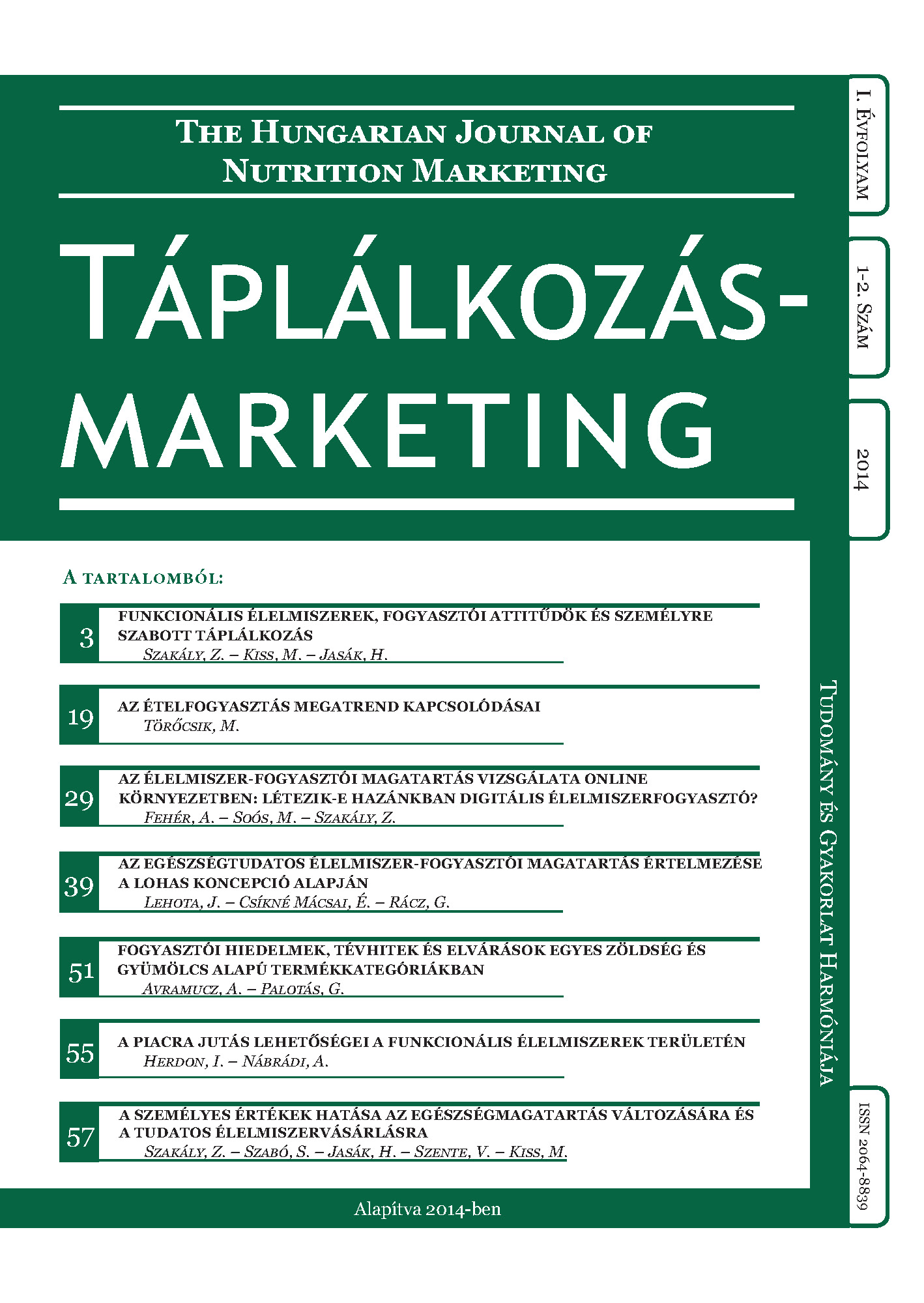Game-meat Consumption Behavior the Image and Market Positioning of Quality Venison
Authors
View
Keywords
License
Copyright (c) 2014 Author

This work is licensed under a Creative Commons Attribution-NoDerivatives 4.0 International License.
How To Cite
Abstract
The purpose of our research is to understand the wild game meat, and more specifically, venison consumption behavior of the Hungarian population. In order to examine the issue, we have conducted questionnaire surveys as well as focus group interviews. Only 36.6% of the respondents reported that they consume game-based foods with some frequency. The main reason for the low consumption rate is related to the price of wild game meat which consumers consider too high. Based on focus group interviews, we concluded that the main problem is that most people do not even consider trying game-meat as they do not know about possible preparation methods. The results of our questionnaire survey reveal that 22.4% of the population has consumed red deer, while fallow deer has only been consumed by 7.7%. The respondents primarily associate deer meat with men, as they consider hunting and the preparation of wild-game foods a masculine activity. In Hungary, deer meat is a lesser known product considered to be a luxury good, for which a new marketing communication and sales strategy is needed. Limiting factors include unfamiliarity, high price and that respondents consider wild-game a seasonal product.


 https://doi.org/10.20494/TM/1/1-2/21
https://doi.org/10.20494/TM/1/1-2/21